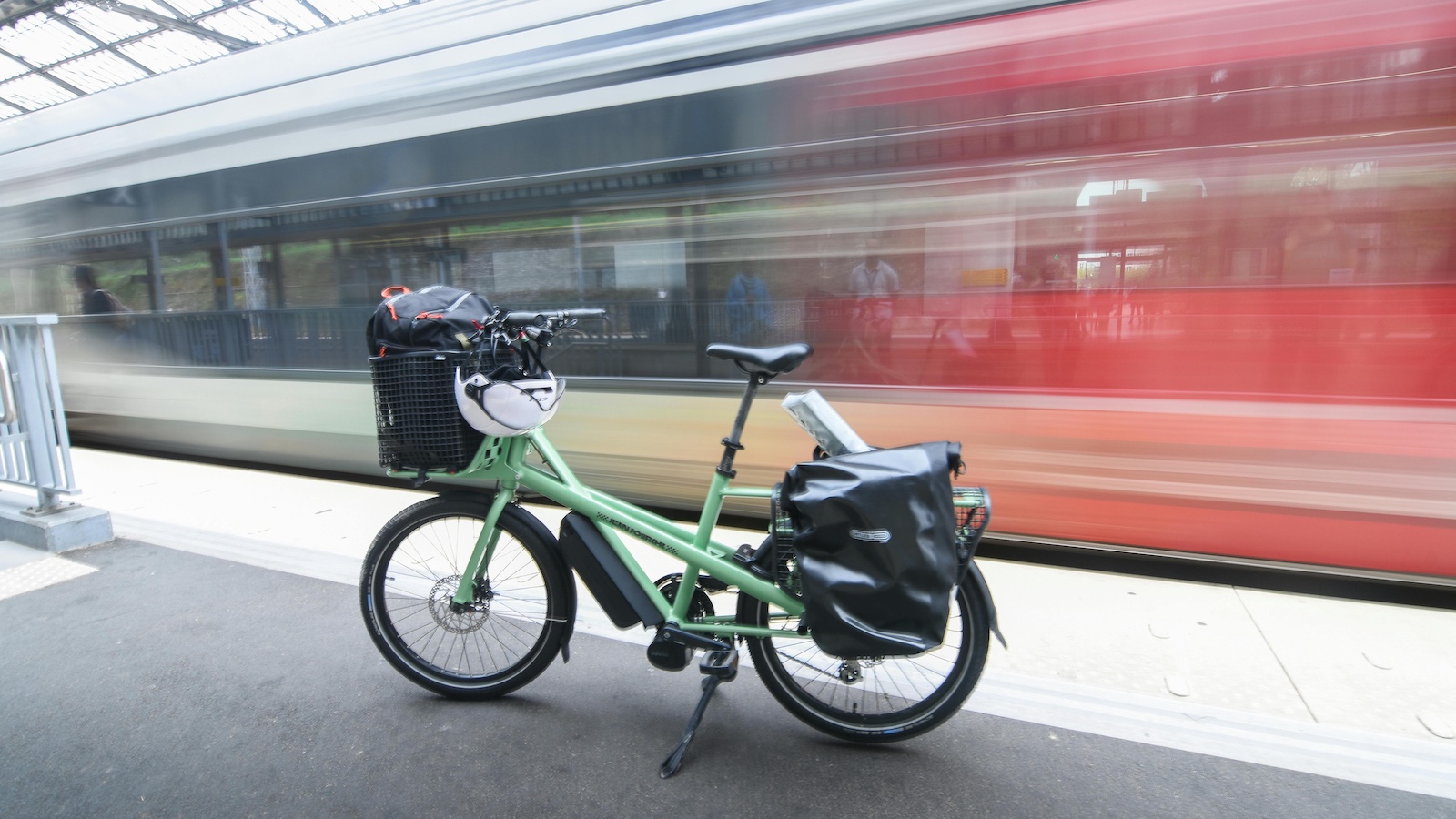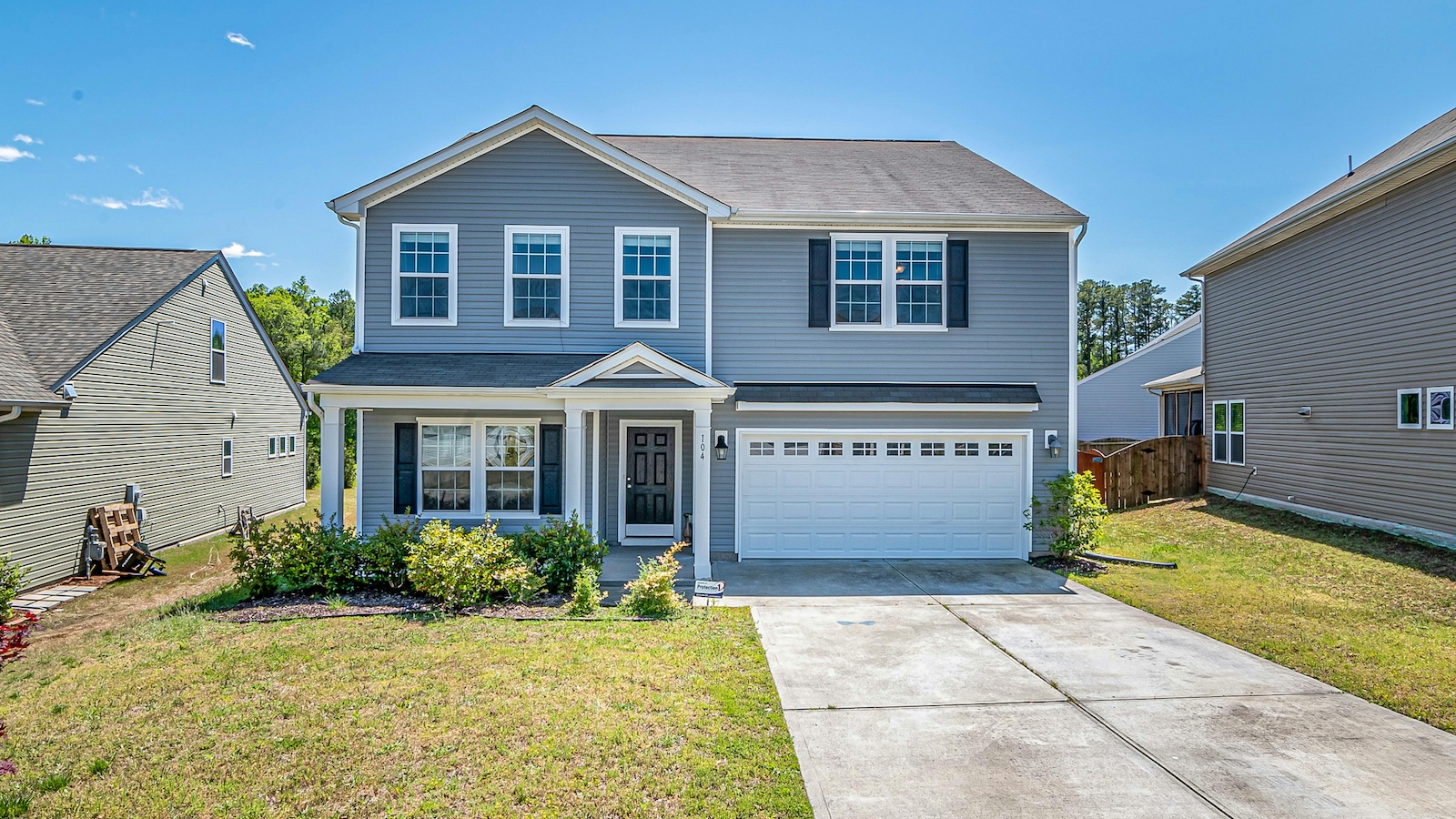The pace of digital transformation is accelerating in many industries due to COVID-19, and nowhere is this more evident than in automotive insurance. At the start of the pandemic, carriers and collision repairers had to find new ways to minimize in-person interaction between employees and customers. This resulted in the rapid adoption of virtual, or photo-based, estimating and served as a tipping point for claims automation.
Virtualization supports the need for social distancing, accelerates the claims-handling process, improves efficiency and increases customer satisfaction. According to LexisNexis Risk Solutions, 95% of auto insurance carriers are embracing virtual claims handling, with many setting their sights on touchless estimates. By 2025, the global data and analytics company predicts that more than 80% of claims processed will be virtual, and up to half of non-injury claims fully automated.
So how does this affect auto insurers? Although the pandemic has reinforced the benefits of virtualization, truly automated estimates — or touchless estimates — remain the ultimate goal. Achieving that goal, however, requires a technological evolution. Despite catalysts including business incentives, customer expectations and a global pandemic, the transition from onsite inspections to full automation will take time.
Common Misperceptions
To understand the progression of claims automation, it’s important to first address misperceptions about the current state of touchless estimates. The belief that, today, fully automated appraisals can be accurately produced without human intervention is fiction. In fact, it’s comparable to recent exaggerated assertions about the prowess of self-driving vehicles. While advancements in technology have led to increased automation, the need for human oversight and intervention remains critical. Additionally, the regulation and infrastructure required to support an automated end-to-end system are still evolving.
The Pursuit of Touchless Estimates
Insurance carriers are on a quest for touchless estimates to stay competitive and meet increasing consumer demands for better response times and self-service capabilities. After all, an automated appraisal process is expected to deliver:
- Improved efficiency and appraiser productivity
- Greater estimate consistency
- Better cycle times over traditional methods
- Higher customer satisfaction
For this automated process to be successful, though, insurers must consider their unique workflow requirements. Unlike field estimating — where a one=size-fits-all approach may work — a scalable, automated appraisal solution requires an open, flexible and cloud-based ecosystem that can integrate with other business applications. Open ecosystems let carriers streamline operations and leverage best-in-class technologies that reduce the reliance on human effort while they build out an automated claims experience.
See also: Digitally Challenged Miss Opportunities
Automation Trends Enhancing Efficiency
Three trends — or levels of automation — have marked the evolution from onsite inspections to touchless claims. These levels are not sequential; rather, they are being developed and deployed in parallel as the artificial intelligence (AI) used to automate estimates becomes more mature.
Virtual (Photo-Based) Estimating
Virtual estimating demonstrates the power of using photo capture to produce accurate assessments. Images and videos are put at the center of the appraiser’s workflow. Despite its efficiency, virtual estimating is primarily driven by humans, not machines.
- Vehicle owners start the claims process on their mobile devices and are guided through how to capture and share photos and video of damage.
- AI is leveraged to organize and categorize the imported images as well as to detect and highlight the damaged sections of the vehicle.
- Appraisers rely on an application with a 360-degree view of the damage to write an initial estimate as if they were physically at the vehicle instead of a remote location.
Before the pandemic began, virtual estimating was used for low-severity claims. However, it accounted for just 6% of all estimates written in the U.S. and 4% in Canada at the start of last year, according to Mitchell data. By April 2020, those percentages more than doubled.
Field appraisers can typically complete three to four onsite inspections per day when factoring in administrative tasks and travel time. Working from images, however, allows an appraiser to finish approximately 15 to 20 estimates per day.
Guided Estimating
Human-machine collaboration is the next step in the progression from handwritten to machine-written estimates. Appraisers are guided by the AI through each decision. The goal, of course, is to empower the appraiser while leveraging the AI for useful recommendations.
At this level of automation, the machine is becoming much more involved in the process. While appraisers ultimately remain in control, the information and decisions presented to them are delivered by AI with each sequential line of the estimate suggested for their consideration. Guided estimating extends beyond virtual estimating by:
- Driving a set of AI predictions that recognize the damage to components
- Transforming these predictions into repair line recommendations
- Surfacing supporting evidence and empowering appraisers to make changes based on their own expertise
- Delivering a continuous feedback loop that relies on appraisers’ decisions to educate the AI
Automated Estimating
Touchless estimating is the final level of automation. This fully automated process is powered by AI using vehicle and claims data to generate all operations, parts selections and pricing. Predominantly machine-driven, the process works by:
- First capturing claim details and vehicle content, like virtual and guided estimating
- Analyzing the information using computer vision and other machine-learning algorithms to translate it into component-level estimate lines
- Pre-populating the entire estimate for review and approval by the appraiser
Additional data integration will help carriers further streamline the claims process beyond automating appraisals. For example, claims could be settled even faster by incorporating telematics incident reports, loan payoff amounts, titled/registered owner information and taxes and fees into the workflow. And LexisNexis Risk Solutions predicts that “by 2025, at least 40% of total loss claims will be settled within a couple of days instead of weeks.”
See also: 5 Keys to Transforming Underwriting
Where to Start
The transformation from field appraisals to touchless claims isn’t done in a vacuum or entirely by a machine. Appraisers are critical to developing and improving the process. If automation is introduced slowly, they can build their confidence in the AI while perfecting the results through continuing feedback. Creating an experience where the guidance is clear, actionable and transparent helps create trust between humans and machines.
Processes driven by human-machine collaboration take time, but they can lead to vast improvements in speed and accuracy. For auto insurance carriers, the time to act is now. After all, when it comes to meeting policyholder needs and staying competitive, the question isn’t whether to automate appraisals. It’s which partner has the experience and expertise to help you achieve your goals and support the evolution of your organization’s claims process.








